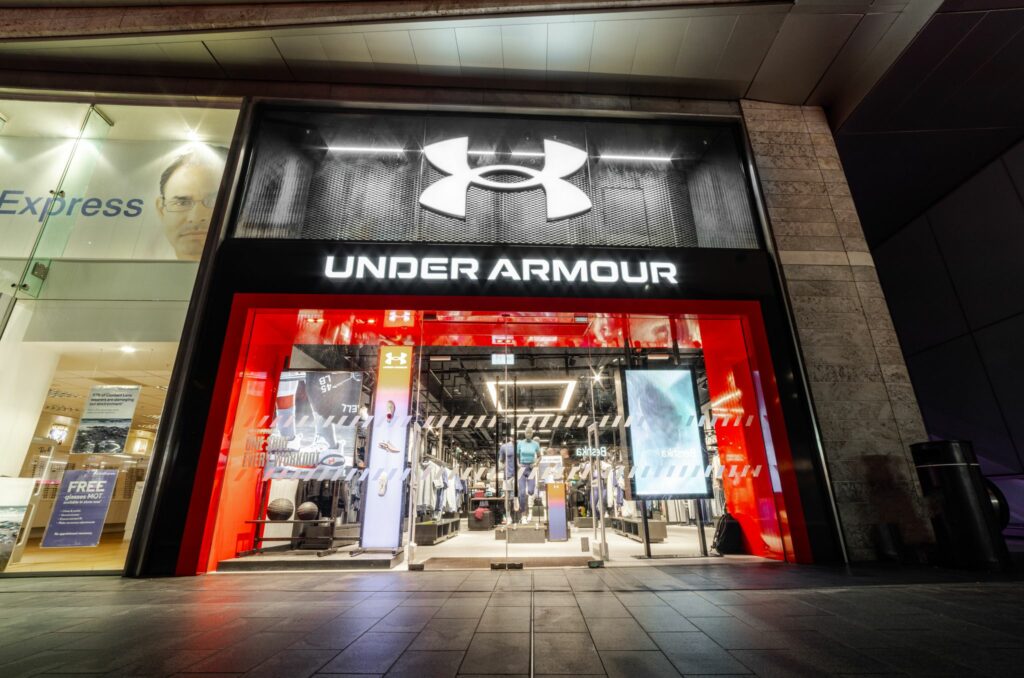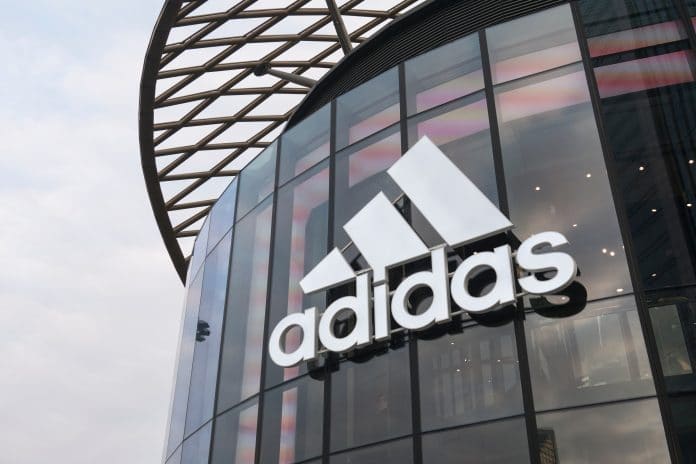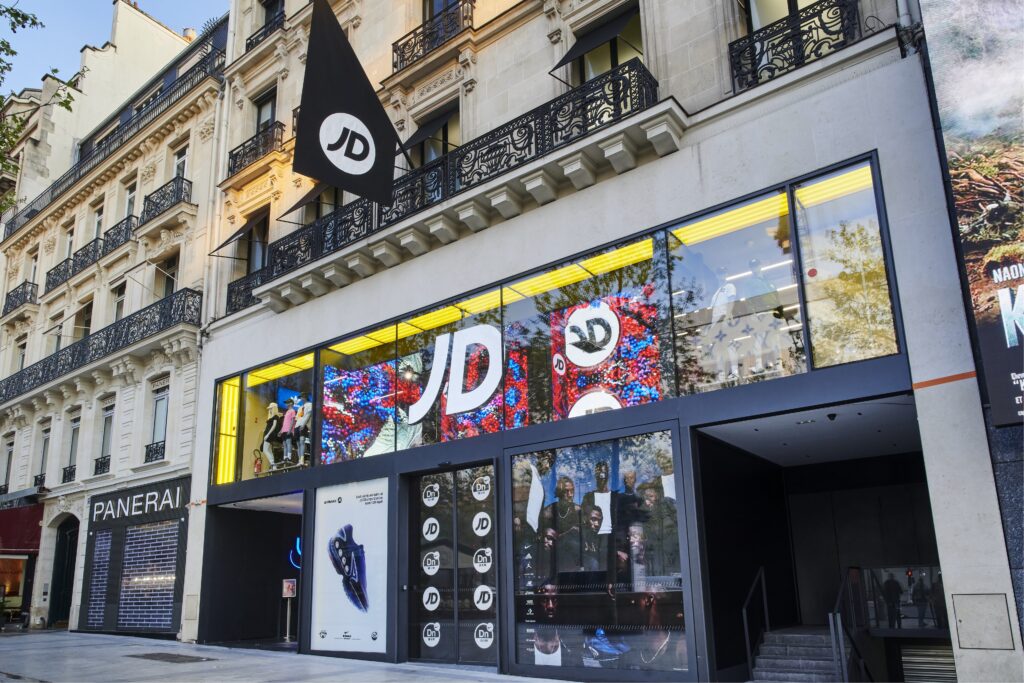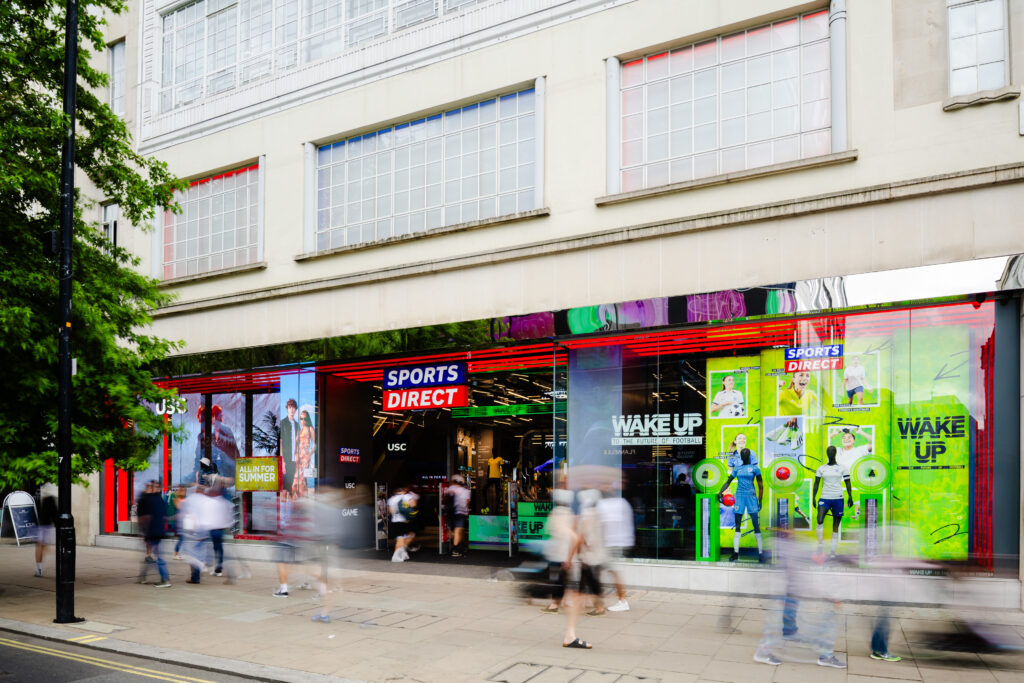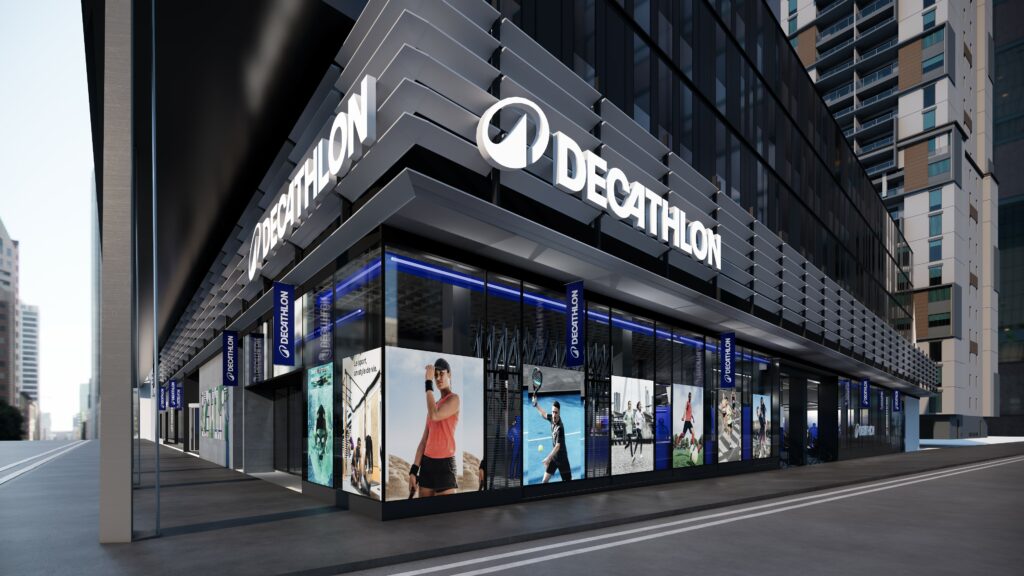The fashion industry may have had a tough few years, but activewear retailers have flourished.
Thanks to worldwide lockdowns and the rise of hybrid working, sportswear has become everyday wear and the market has exploded.
In recent years, a host of new names and industry disruptors including Gymshark and Castore have entered the scene eager to capitalise on its growing popularity.
One business hoping to bolster its presence in the UK’s sporting scene is Under Armour.
But Under Armour is no new kid on the block. The brand was founded back in 1996 by former University of Maryland football player Kevin Plank who wanted to create top-notch performance gear, engineered to keep athletes cool, dry, and light throughout the course of a game, practice, or workout.
The brand has been growing at pace, with global revenue up 3% to $1.06 billion in the last quarter.
However, until this point, it has yet to put down physical roots in the UK. Until now that is.
Last week, the sportswear brand opened the doors to its first UK stores in Liverpool ONE and Battersea Power Station last week. It plans to follow this up with another store at Westfield Stratford later this year.
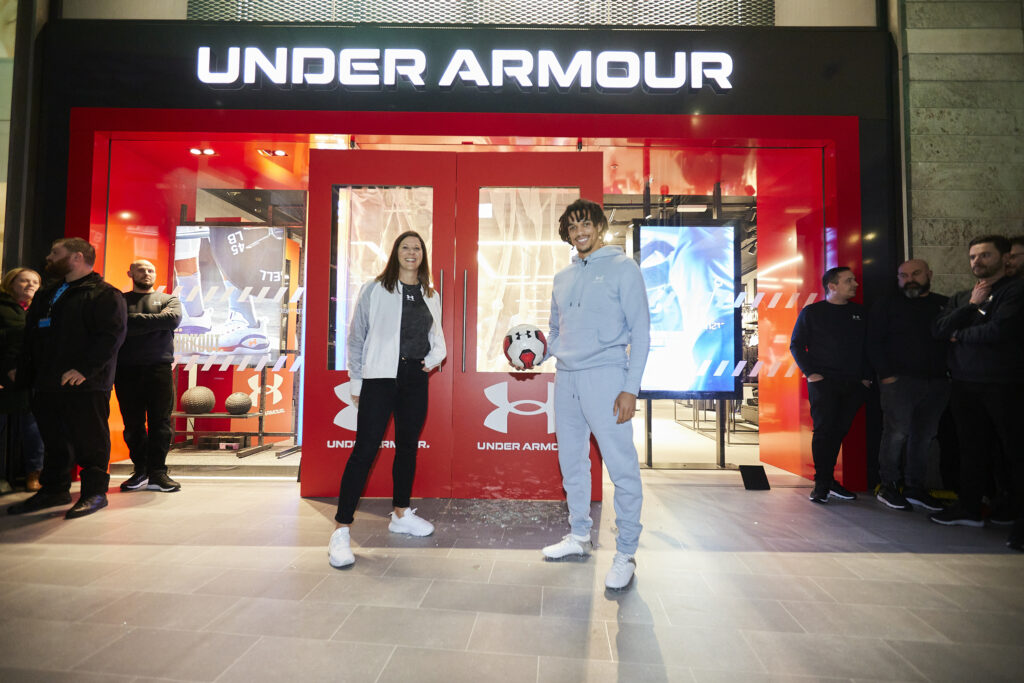
After more than a decade of selling in Europe through retail partners, Under Armour EMEA managing director Kara Trent says it is “really important for us to start owning the consumer experience”.
It’s not just the UK, where Under Armour is under-indexed. It only has one owned store in Western Europe, in Amsterdam, where its EMEA HQ is also based.
Despite the lack of physical space, Trent says demand for the brand is strong.
“So now’s the right time for us to ensure that we increase the touch points for the consumer to interact with our brands,” she says.
“For Under Armour, every new store is an opportunity to push athletes further”
Trent believes that stores are critical because it allows Under Armour to tell its brand story.
“It becomes a critical anchor point for us – so in every market we’re going to do this,” she says.
Under Armour is not the only sportswear brand that is focusing on growing its own stores, Nike has opened a host of stores in the UK over the past 12 months, including – like Under Armour – stores in Battersea Power Station and Westfield.
The sportswear giant has also shifted to a more direct-to-consumer model that has seen it reduce its number of retail parters and accelerate its direct sales. Adidas is also aiming for DTC to be 50% of sales by 2025.
The trendiness of sportswear
Now is a good time for Under Armour to hit the expansion trail as sportswear is at its peak – and the brand is looking to capitalise.
Trent says it used to be viewed as a brand for training athletes, however, over the past 12 months it was widened its scope to “make sure that we can outfit an athlete throughout its entire day because for as much as they train and compete, that’s still probably only 20% of a 24 hour day”.
“So we make athleisure products and you’ll continue to see us expand upon that, be more intentional about it, as well as articulate it more through the consumer journey,” she adds.
What does an Under Armour store look like?
Its Liverpool ONE flagship follows the business’ new ‘Brand House’ concept, which launched earlier this year. Trent says this differs from its North American stores and have much more of a “local flavour”.
Localised elements might include using local artists, unique graphics or textures on the walls.
Trent says she “loves the unique elements that the team puts into each of the local doors”.
“When walking in and seeing the artwork from local artists in Amsterdam it gives you that personalised feel”. When walking into the Liverpool store, shoppers see graphics of ambassador and Liverpool FC star Trent Alexander-Arnold, who opened the store last week.
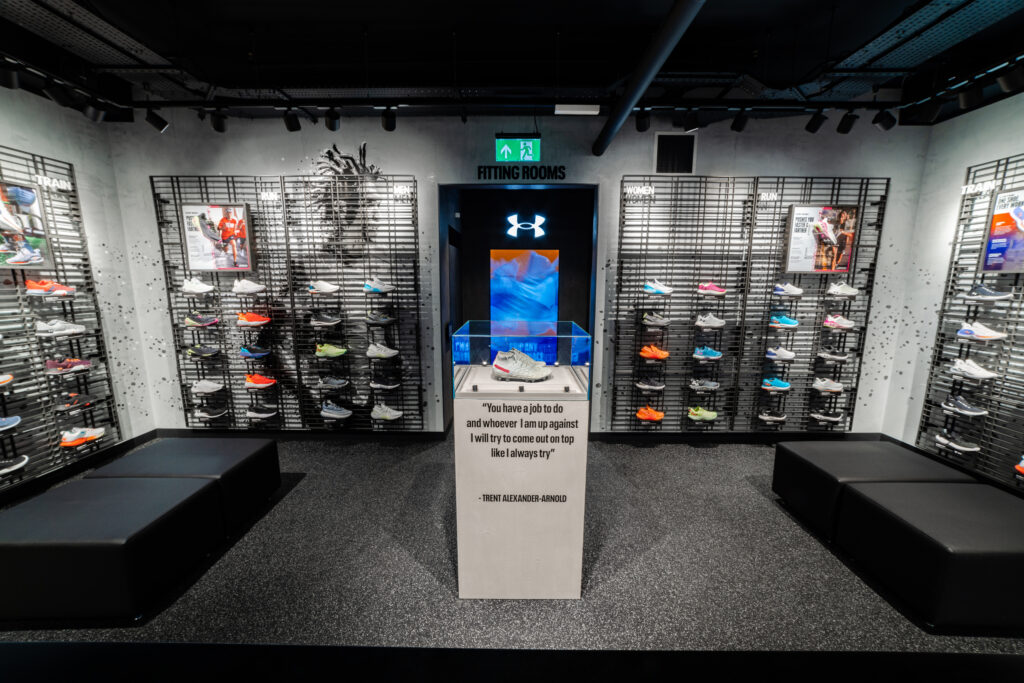
Technology is also a feature of the new stores, which have connected fitting rooms that allow shoppers to feel, try and learn about the products through interactive screens.
Trent says: “The consumer is evolving and brands have to a) give reasons for consumers to fall in love with them and b) to continue to engage in them in new and different ways.”
However, she adds that the fitting rooms are equally as important to educate the consumer on products and what they need.
Spotlight on Under Armour, Battersea
Its Battersea Power Station store also opened last week and houses a performance centre facility where athletes can receive next-level training, physiological assessments and performance guidance from the Under Armour Athlete Performance Team.
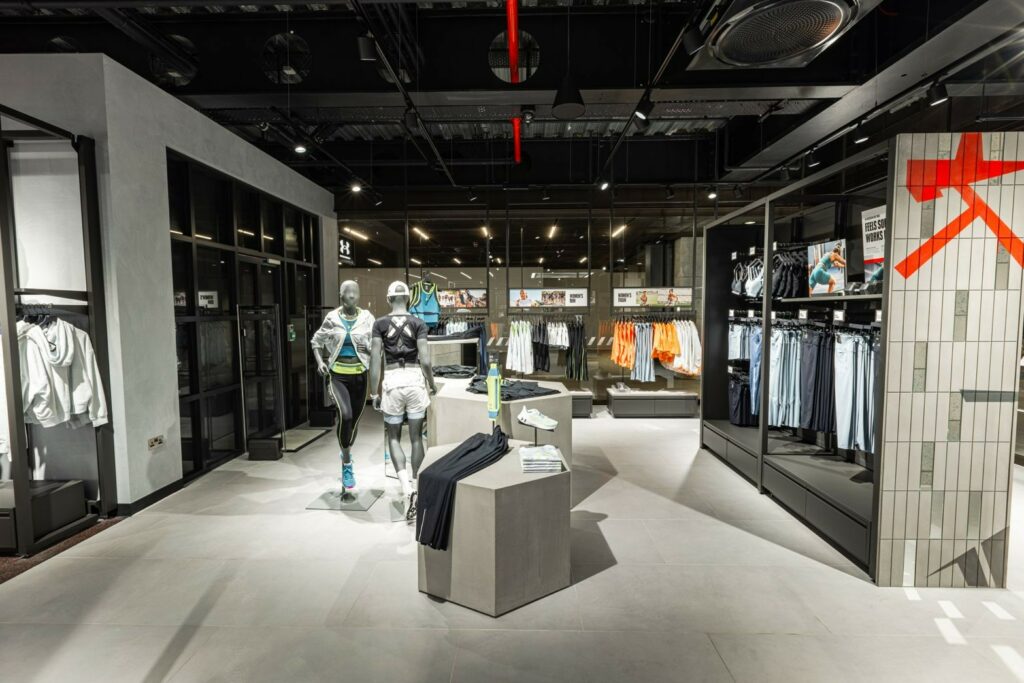
Trent describes the Battersea stores as “a combination of retail and experience”.
“The performance space will allow us to engage with athletes at a different level, but also give the consumer shopping our brand a different insight into how we work with athletes, which I think is quite unique in our space.
“You can walk into a retail concept store and see how an athlete is getting trained to understand their physical and emotional mental strengths. It’s going to be an interesting and unique experience for both the athlete and the consumer.”
Discussing the shift in stores through the use of data, technology and more localised stories, Trent says: “Globally, we looked at where we’ve been, where we are and where we’re going. And it was time for us to put a fresh face on what our retail concepts looked like.”
Trent adds that having consistency across its store landscape is critically important, as in the past store environments would vary.
“By having one consistent look and feel that then can be regionalised is giving the brand an uplifted and fresh face,” she says.
Trent calls its new stores “a marketing channel in itself” that can help Under Armour, what she terms “a growth brand” expand in the “growth region” of the UK.
Under Armour may be a growth brand but it’s sales have stagnating of late with sales up just 3%, or 7% taking out currency fluctuation, in its latest quarter.
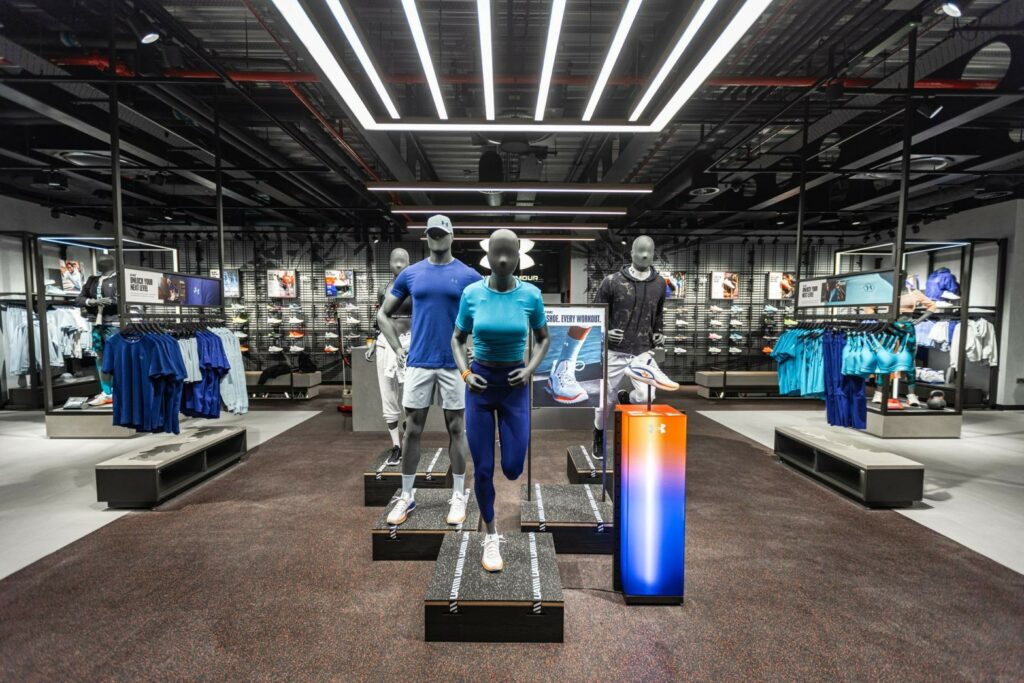
However, as Trent alludes to, the territory she overseas is the shining star in the global business. EMEA sales soared 32% – or 46% on currency neutral terms.
“Our mission “Under Armour makes you better”, means we are constantly looking at how we can elevate the brand experience on the shop floor”
Will its new stores help it build on this growth and potentially rival the sportswear giants, Nike and Adidas?
Trent insists this is not its focus and says its priorty is evolving its own brand through its DNA, catering for the needs of its target consumer – a specialist sportsperson.
In fact, one of Under Armour’s mottos is ‘we believe in waking up every morning to make athletes legendary’.
“I think if we stay true for consistent to that, we’re always going to have a role in this market,” says Trent.
Staying true to its DNA
Under Armour may be a challenger brand to the likes of Nike and Adidas but it has almost 30 years of trading under its belt.
Trent says there have been many pivots over that period but its athete-focus remains constant.
“The one thing that holds true is we are a brand born on the fields, born out of athletes’ insights to make them better and it can’t be any more pure and authentic as that,” she says.
“That’s what Kevin (Plank) did when he started the brand and if you go back to everything we’ve done over 27 years, it links back to those three things. On top of that, always providing great products, great service and a great story.”
And that’s exactly what it intends to do in its UK stores.
Click here to sign up to Retail Gazette‘s free daily email newsletter

